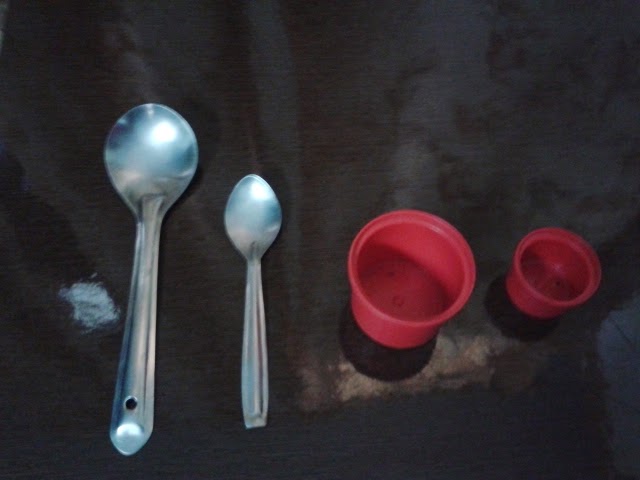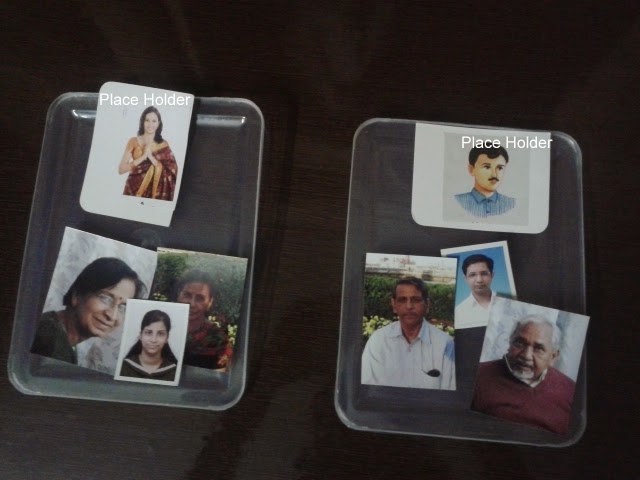Pre-Number Concepts – Big/Small
Pre-number concepts are the concepts a child needs to
understand before starting with the identification of numbers. These are
- Big/small
- More/less
- Long/short
Most typically developing children gather the understanding
of these concepts from everyday environment and can work on these concepts
directly through activities based on them. For kids with autism, we may need to
introduce the concept in a learning environment before taking it forward to
other settings. I take the example of big/small. The same teaching approach can
be applied to other concepts as well.
The concept of big/small has two separate parts – concept of
big and concept of small. Only one concept should be introduced at a time. So,
first the concept of big is introduced and once the child is comfortable with
it, the concept is small is taught.
Big/Small are abstract concepts and need a some basic skills to be achieved before they can be introduced. The pre-requisites are –
- The child should be able to identify at least 20 common objects
- He should be able to match pictures and objects
- He should be able to match/sort by shape, color and size
The teaching material required would be
- Set of objects exactly same except a significance difference in size e.g 2 similar balls, 1 bigger than another. To start with try to keep objects as similar as possible in all aspects except size so that there is only one differentiating attribute. As the child gets the concept we can start generalizing by increasing the dissimilarity in objects.
- Set of cards with identical pictures, only differing in size – 2 set each (The size of cards should be same, only the size of picture should be different). Initially the size difference should be significant. It can be gradually reduced as the child masters the concept.
The steps of teaching are
Step 1 – Matching by size
Place identical pictures (which are same in all
respect except size) on the table. Now present a picture from the second identical set and
ask the child to match. The child should be able to match by size. The ability
to visually discriminate sizes is the first step and should be achieved by the
child before moving ahead with the introduction of the concept of big.
Step 2- concept of big (objects)
Place 2 identical objects (e.g ball) and point at the bigger
ball and say ‘this is big’. Now ask the child to give/show the big ball. If the
child reaches for the wrong ball, immediately direct him to bigger ball without
letting the wrong action to complete. The same should be repeated with a
variety of objects while randomly changing the position of bigger and smaller
object. At this point the concept of small is not introduced. Even if the child
reaches the smaller object, we do not introduce ‘small’. The other object can be addressed as ‘not big’.
Step 3 – concept of big (pictures)
Repeat step 2 with identical pictures. The size difference
in the pictures should be significant. Use a variety of pictures and change
position of cards as with objects.
Step 3 – Generalization
Once the child attains considerable accuracy with identical
pictures/objects, we can introduce non identical objects and pictures e.g 2
dissimilar balls, 1 bigger than other. The size difference can be gradually
reduced. However, depending on the level of child, the complexity should be
gradually increased.
Step 4 – concept of small
After the concept of big is achieved, the concept of small
is introduced in a similar way. When introducing the concept of small, the
earlier concept of big should also be kept on maintenance.
If the child can work on worksheets, it is good to prepare
worksheets such as coloring or circling the bigger picture. Another way to work
on their new learning is to ask them to sort big and small objects.It is also
important to generalize the concept in environment. While playing with the
child ask him to bring the big ball or get the small spoon from table.
And finally every child has their own strengths. Make use of
those strengths and improvise the strategy as per the child. If the child is
tactile, make them touch the objects and hold on to the object to process the
difference between big and small objects. Hope these steps would help in introducing
the concept of big/small to kids with autism.



Comments
Post a Comment